Holographic art
Digitally sculpting under the direction of Raghava KK to make innovative holographic visuals for the Power Fluff Toys collection
What me Satoshi? - by Raghava kk
No chocolates for you! - by Raghava KK
The future is 3D
The usage of the term hologram is a little abused, but there are many digital technologies that give a good approximation of a real hologram, made with laser and holographic film as explained in the linked article. I am a little picky about it because I made real holograms back in 1980 and since then I monitored very closely anything that was trying to replicate the same results with digital technologies. I have tried every AR and VR solution, every 3D glass and 3D monitor at the trade shows. Nothing was cheap, practical or easy to use enough to be popular.
3D is however something that we regularly experience in our digital world, where gaming is the king of 3D visuals and gamers know that their video card is responsible of the quality of the real time rendering. Monitors are getting bigger and bigger, with refresh rates of 144 Hz or more, but they are still a 2D window on a 3D world. The stereoscopic view offered by the VR headsets is one answer, but they offer an immersive experience that has some drawbacks.
In December 2020 things changed: Looking Glass Factory launched a Kickstarter campaign for the Looking Glass Portrait: a light field display of roughly 8 inches capable of showing a 3D image viewable without glasses on a 58 degrees cone. I was an early bird pledger and I got my screen in March 2021.
Speechless
After so many years seeing technological attempts in the 3D area, when I powered up the display and started the demo preloaded gallery, what I saw was way better than I was expecting and it left me speechless. This is one of those devices that you have to see in person to understand how good it is.
I quickly start to experiment the creation of content, using an iPhone with the Portrait mode to capture depth, then I started to work with fractals and the Z depth map, and in the end I was in love with the device. It became my preferred gadget to show to my friends and each of them confirmed the “wow effect”.
When I showed it to Raghava KK, he immediately saw the potential for his artistic creations and we started to elaborate about a set of holographic sculptures: the Power Fluff Toys.
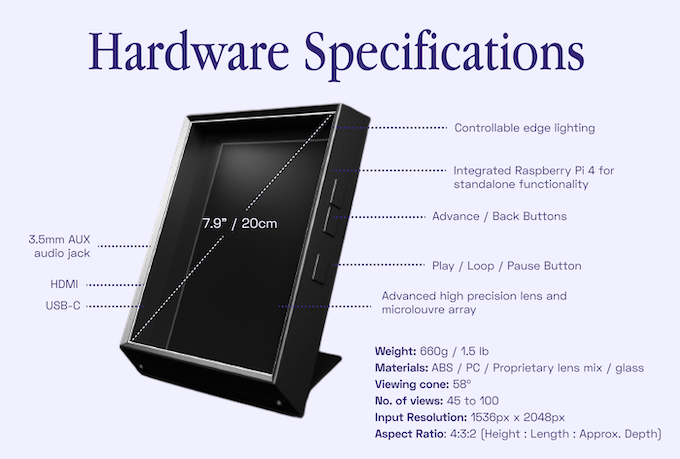
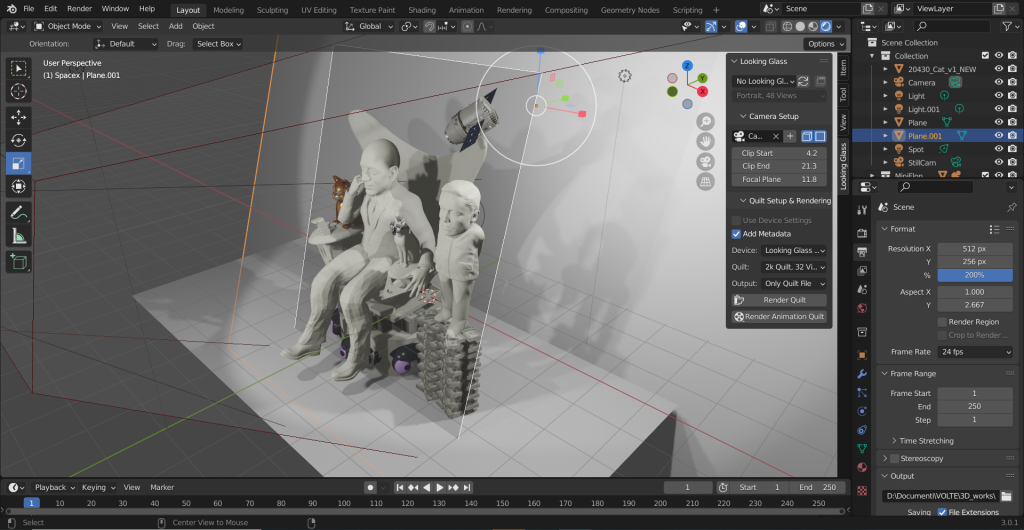
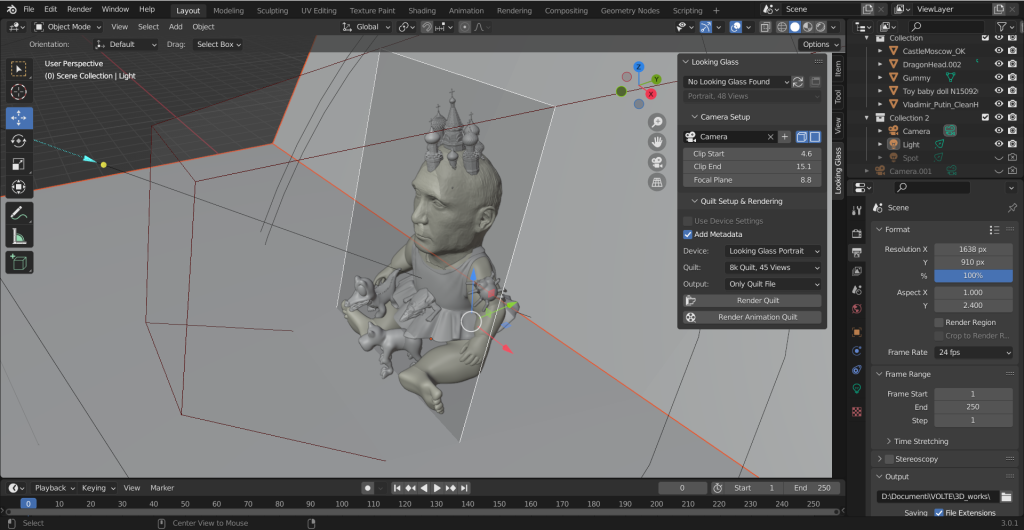
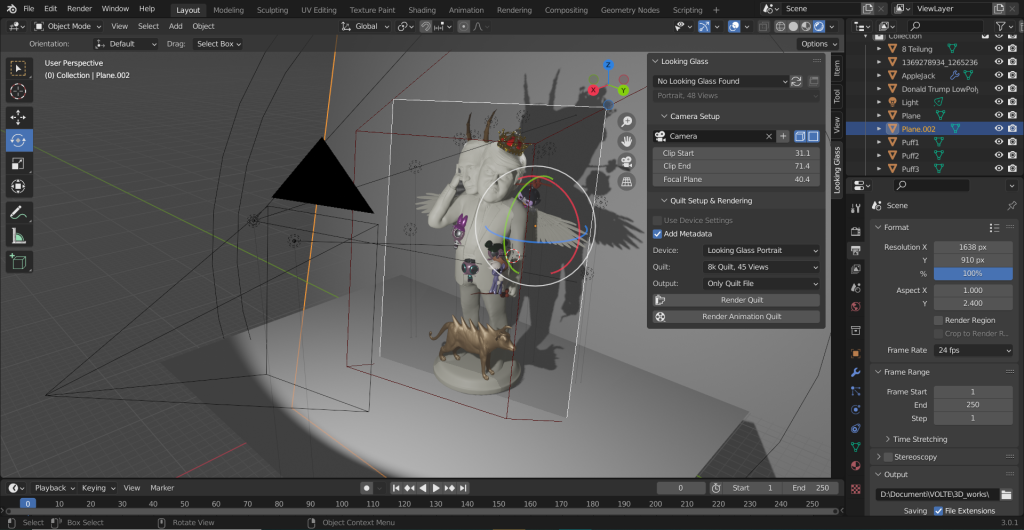
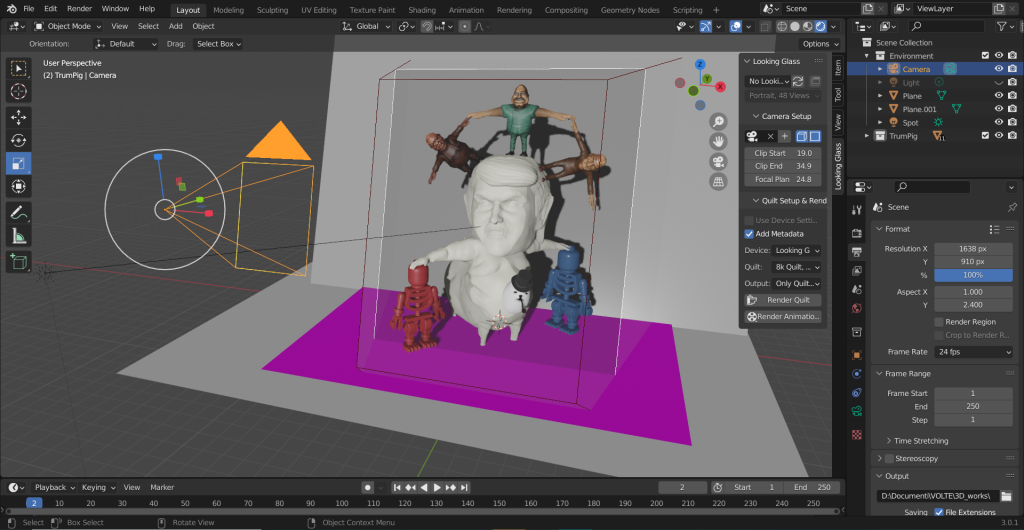
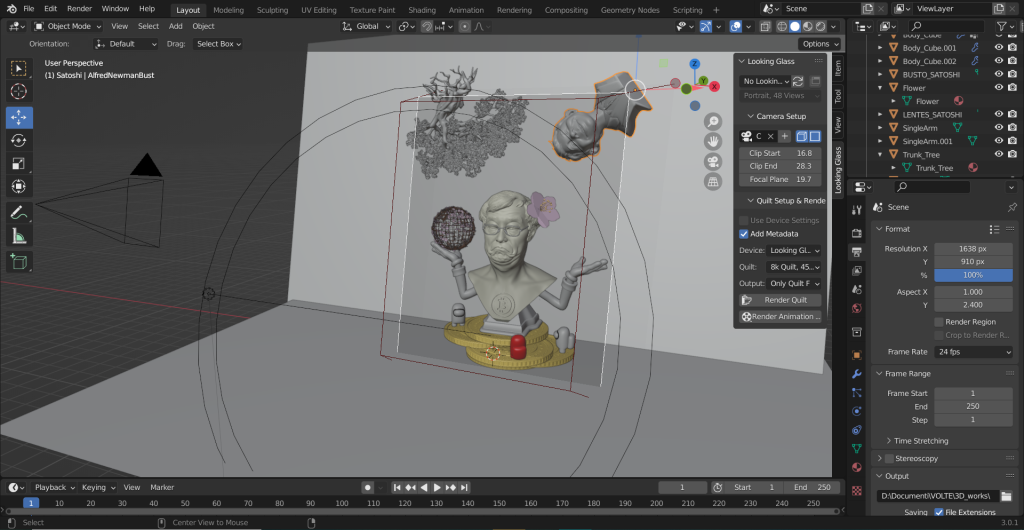
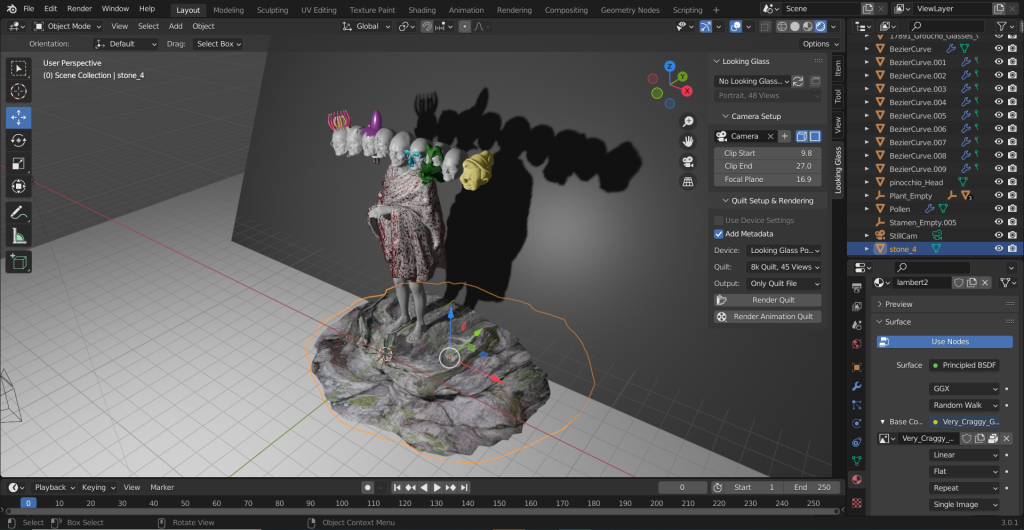
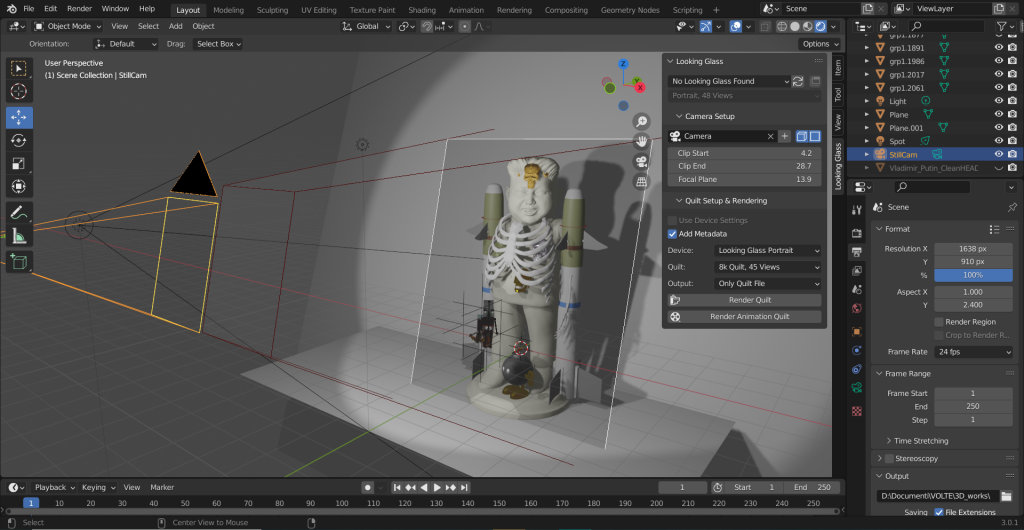
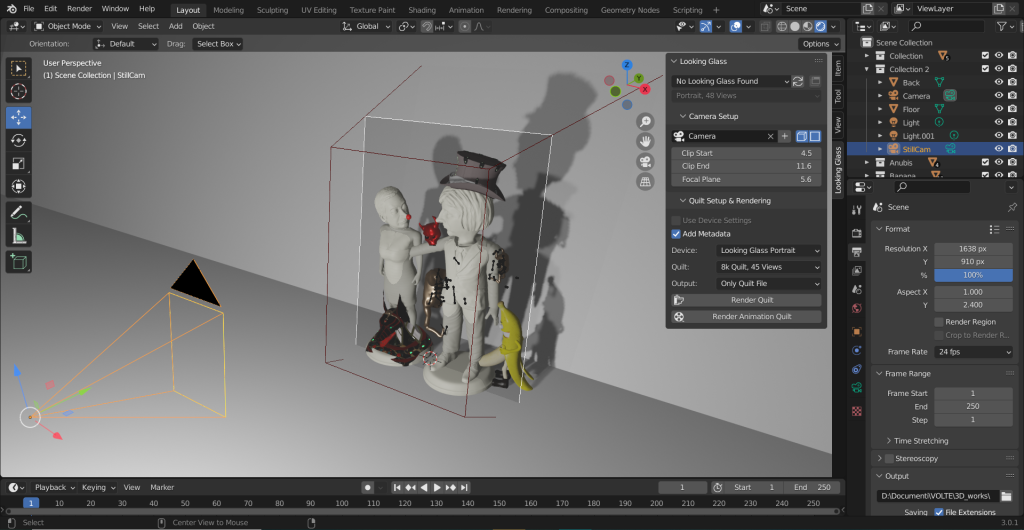
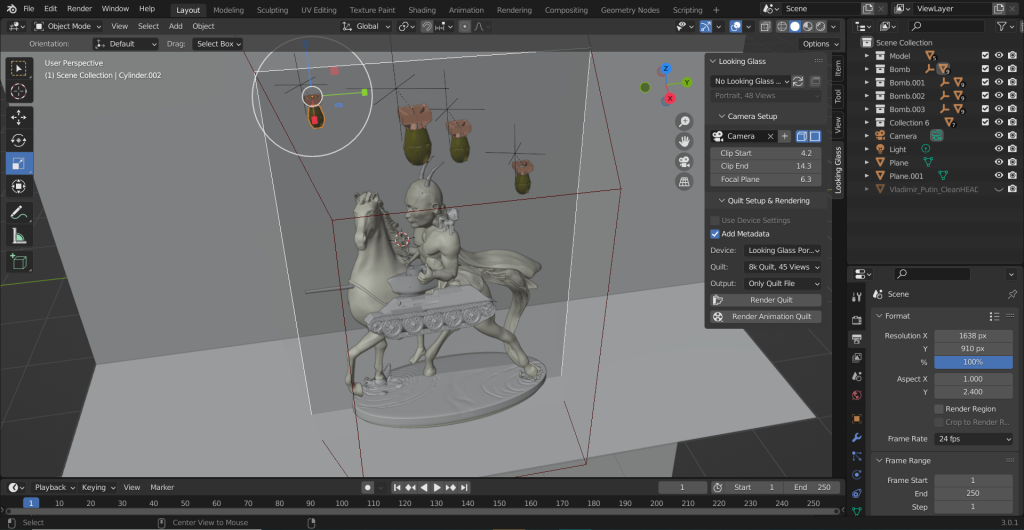
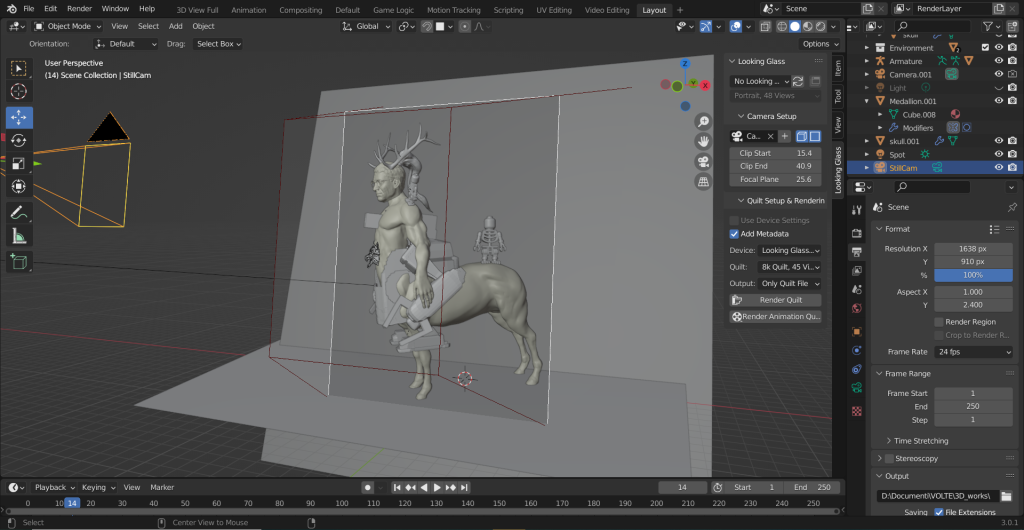
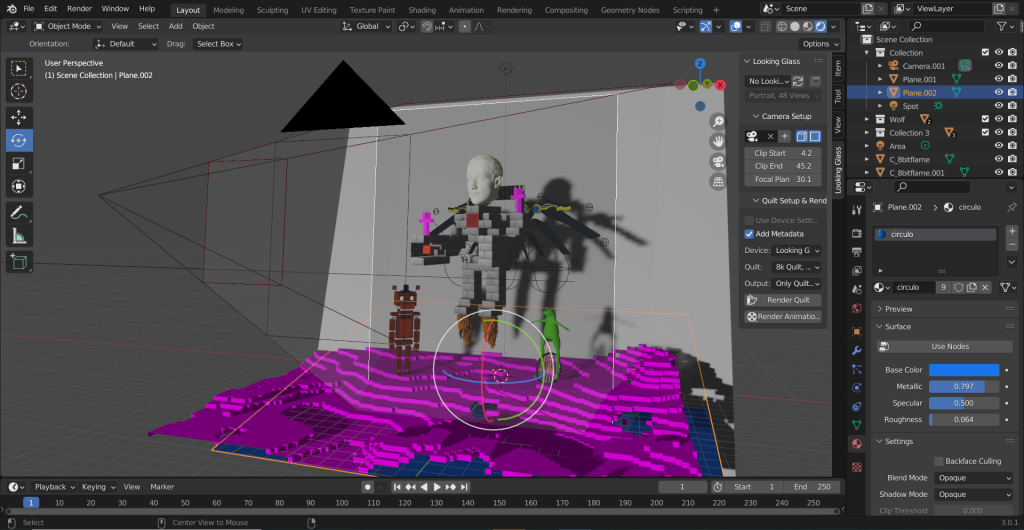
The Power Fluff Toys were modeled on Blender 3, with a Looking Glass Portrait connected for immediate visual feedback
Ready for Art Dubai
After the positive reaction of Raghava KK and the owner of the gallery where the Artist was exhibiting the Guernica Project, we decided to source ten frames, to be put on display at Art Dubai. We had just a little more than three weeks to receive the frames and have the content ready. Definitely a challenge that required focused teamwork with long working days, up to late night.
Every piece started with the collection of 3D elements that contained pieces and parts useful for the final composition. Raghava outlined the basic idea to let me prepare a rough assembly of the elements, following a mood and the underlying concept that he wanted to express. Iteration after iteration I was able to zero on what he had in mind. Sometimes it required many small adjustments, other times major changes had to be implemented. Luckily we were able to stay close in the whole process. Textures and materials were usually the last part of the creative process.
Blender is a great Open Source tool for 3D modeling and animation and has a specific plugin to interface the Looking Glass display directly, allowing for a continuous monitoring of the real outcome.
While I was working on the art, I also had to take care of the exhibition set up: the ten Looking Glass Portrait had to be positioned and powered in a structure to be put in the Volte Art Projects booth in the Digital area of Art Dubai.
Nothing particularly difficult to make and as soon as I got an approval for the sketch I created the executive drawings with all the needed details. The height at which all the displays had to be was calculated with the center line aligned with the average eye level.
Some specific cuts in the wooden structure allowed the power cable and the ON switch to have their own space. Every morning the screens had to be individually powered ON and at the end of the day they had to be turned OFF, so the screens were movable inside their slots with a tilting movement.
At the end of Art Dubai, the whole structure was moved to Volte Art Projects Gallery in Alserkal Avenue, Dubai.
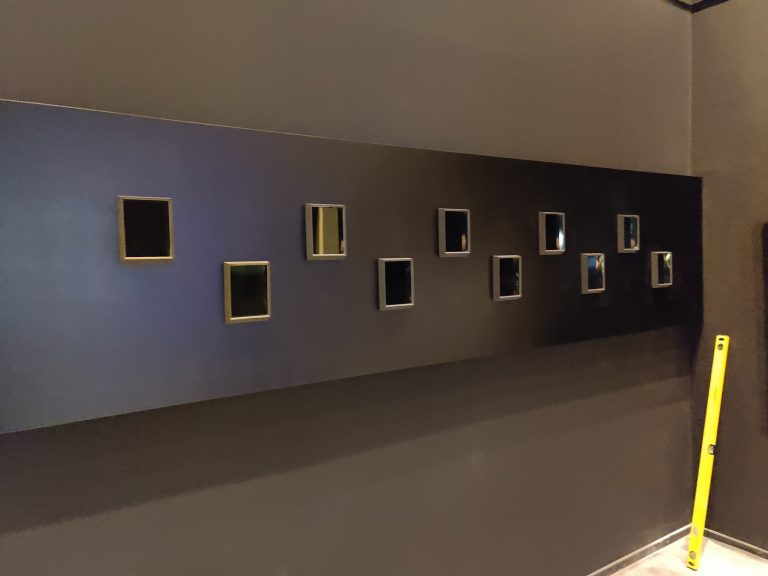
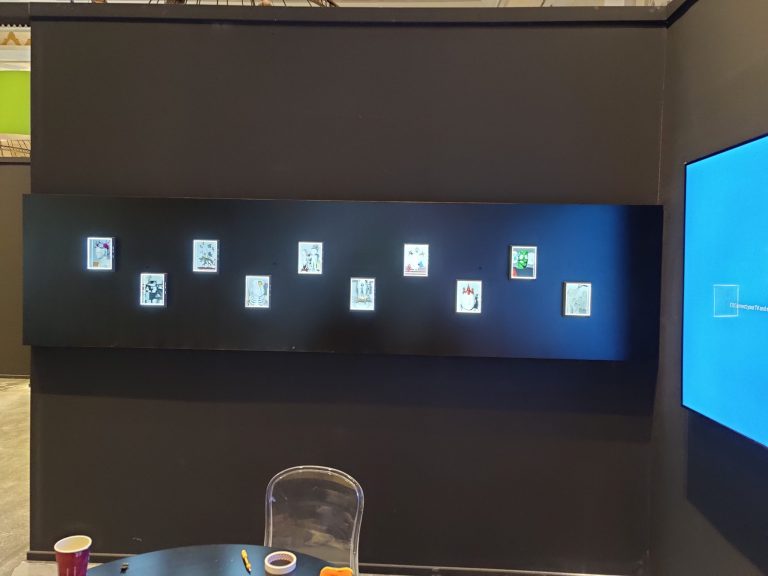
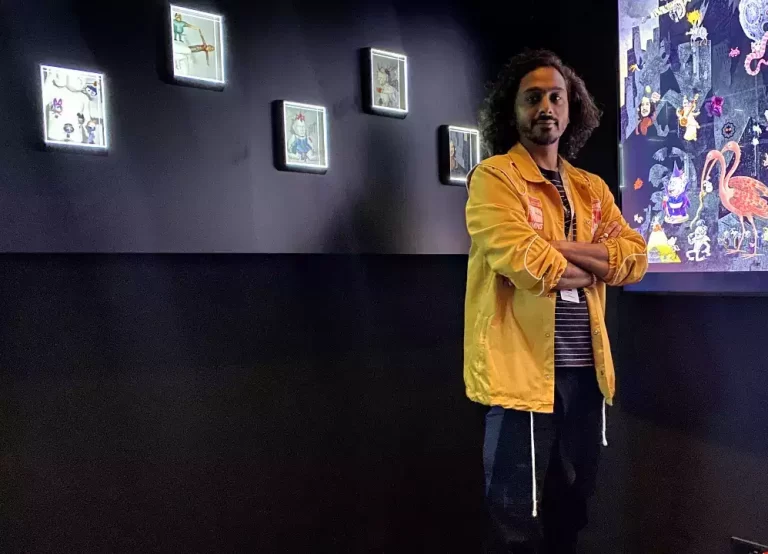
Phygital Art and beyond
I am not a fan of this portmanteau created with Physical and Digital, but the world of NFTs has decided to go with it. The Power Fluff Toys are available in many forms, but the most exciting one is currently the one supplied on the Looking Glass Portrait display. As a bonus, this version allows to zoom in and out on the 3d composition, exploring the subtle details intentionally created with a high resolution rendering.
Recently, Looking Glass introduced a new way to show the holograms created for the display directly in a web page. You can see the result at the top of this page and it adapts to the media showing different results. This technology supports desktop, tablet, VR goggles and the Looking Glass displays, giving on each the best 3D rendition possible for that media.
